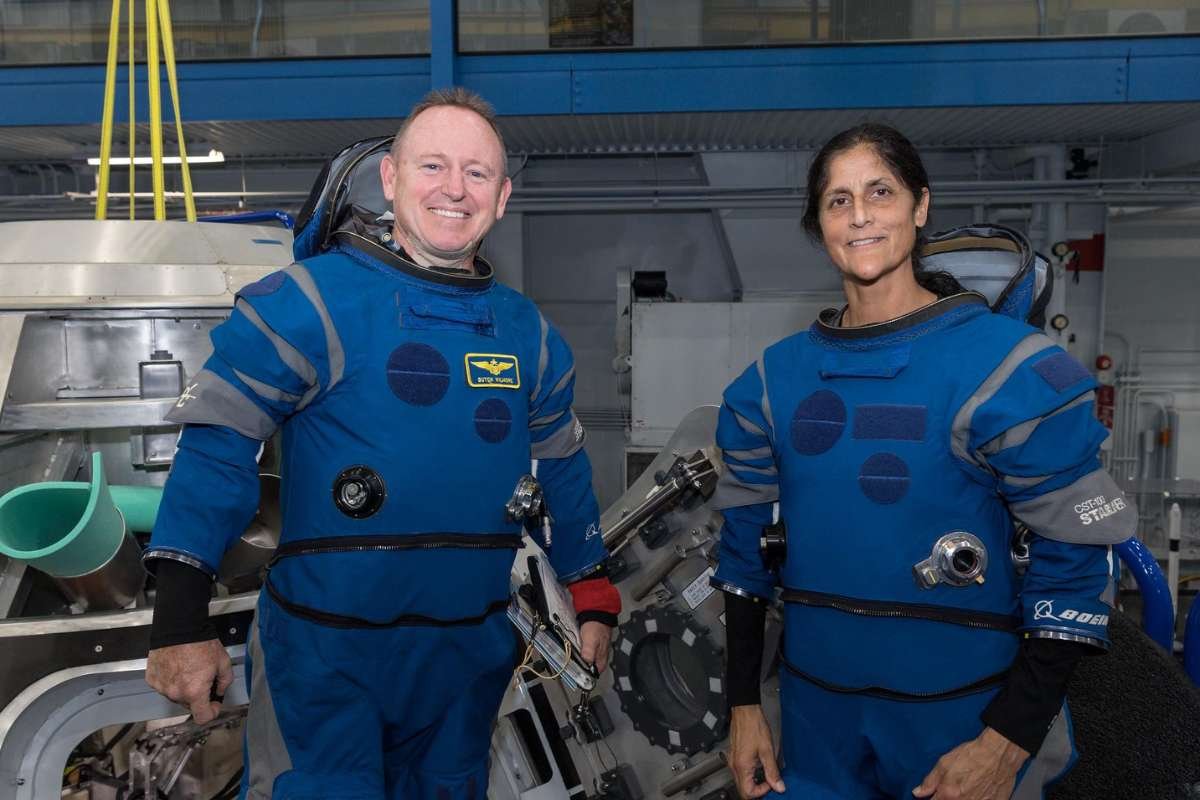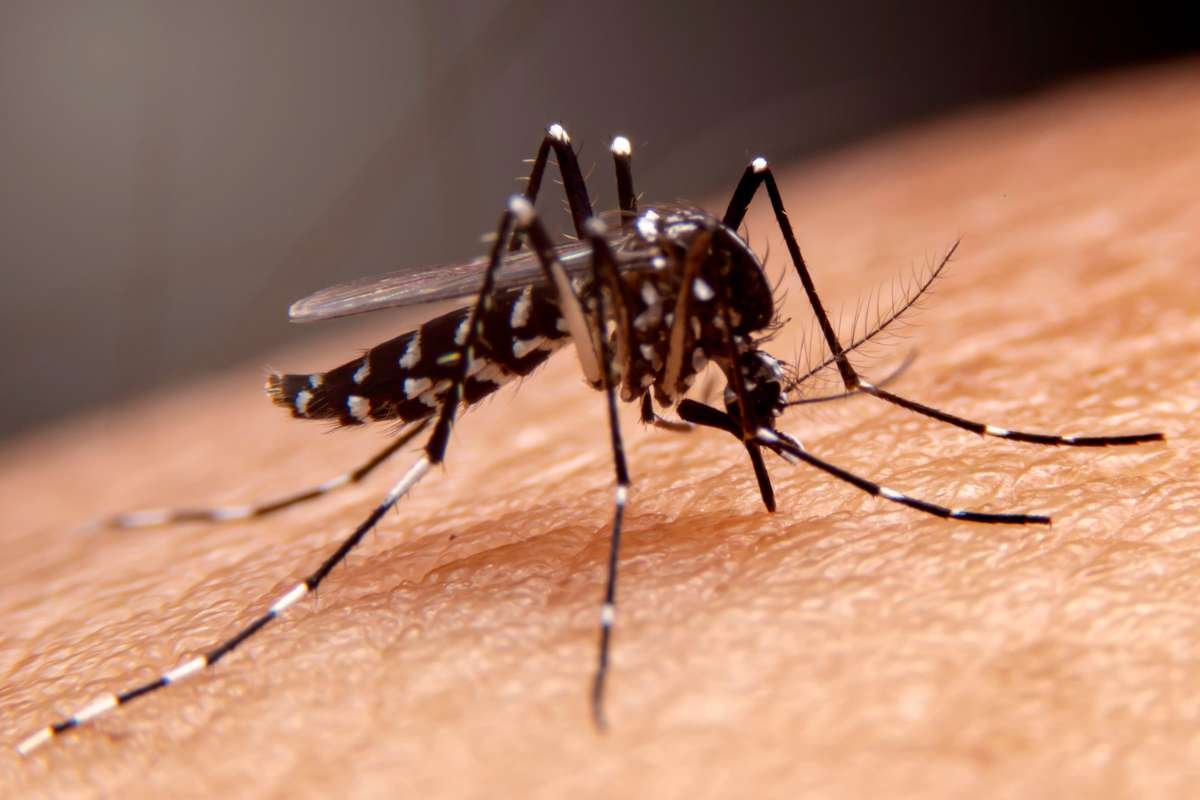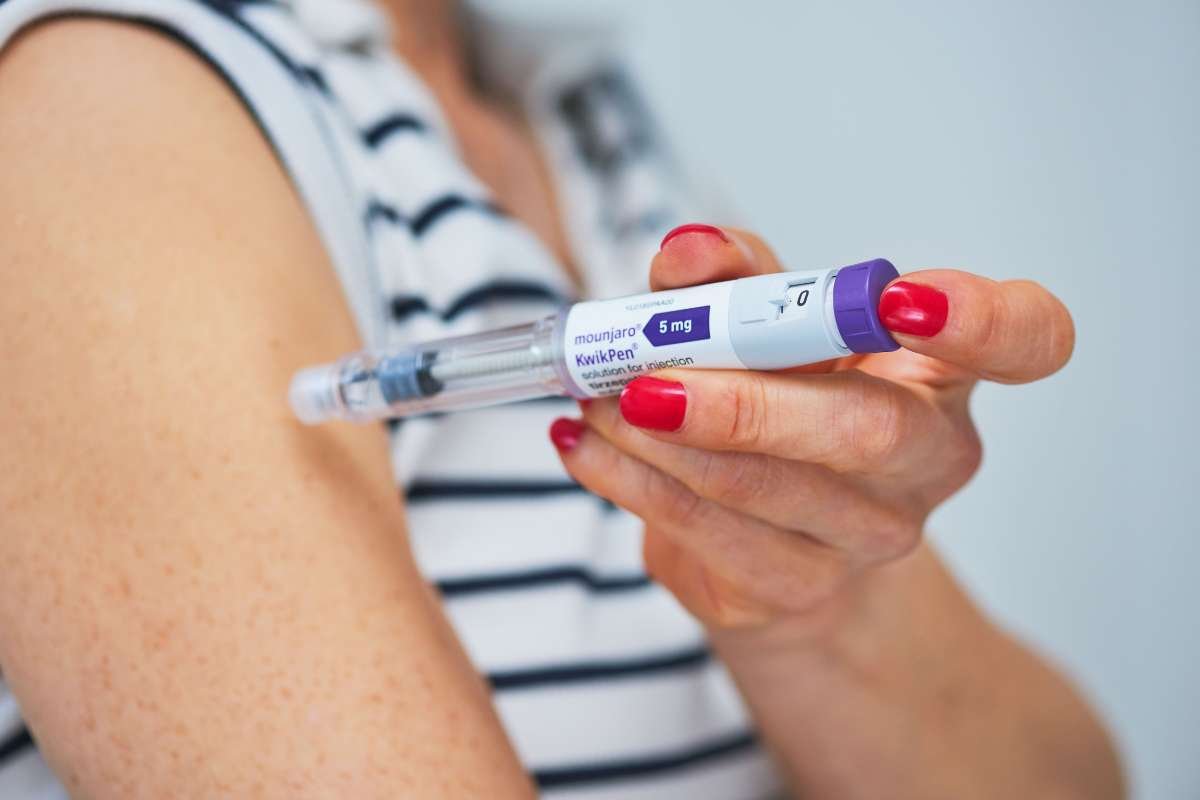NASA astronauts Butch Wilmore and Suni Williams have completed their post-mission rehabilitation following an unexpectedly extended stay aboard the International Space Station (ISS). Initially launched aboard Boeing’s Starliner capsule for an eight-day test mission, the duo remained in space for over nine months due to complications with the spacecraft. Since their return to Earth in March, both NASA astronauts have undergone the standard 45-day physical recovery regimen required after long-duration missions, aimed at helping their bodies readjust to Earth’s gravity.
Wilmore, 62, noted that returning to gravity brought with it a series of physical challenges, including balance and neurovestibular issues, common among NASA Astronauts Wilmore and Williams Rejoin Earthly Duties After Extended Starliner Mission astronauts after long missions. “Gravity stinks for a period,” he joked, adding that recovery times vary for everyone. Williams, 59, echoed the sentiment, sharing that muscle fatigue and disrupted sleep patterns marked her return to terrestrial life. Only recently has she begun to feel like herself again, waking early and regaining energy.
The astronauts have been working closely with NASA’s medical and strength training staff for at least two hours daily to rebuild their physical fitness, while also resuming professional responsibilities related to the Starliner program and NASA’s spaceflight initiatives.
Starliner Delays and Impact on NASA Astronauts Operations
The Starliner capsule’s propulsion issues not only extended the astronauts’ mission but also forced NASA to return the spacecraft to Earth without a crew. The problem prompted NASA to integrate Wilmore and Williams into the ISS’s standard crew rotation, significantly altering their original mission timeline.
Boeing, already under scrutiny for previous delays and technical setbacks with Starliner, has incurred approximately $2 billion in charges on the program. This includes a $410 million uncrewed mission conducted in 2022, following an earlier test failure in 2019. The current state of the spacecraft and its readiness for crewed missions remains under evaluation.
Both NASA and the astronauts are now considering whether Starliner should undergo another uncrewed test before carrying humans again. Williams supports this cautious approach, citing examples from other spaceflight programs such as SpaceX and Russia’s Soyuz, which also flew multiple uncrewed missions before putting astronauts aboard. “It seems like the logical thing to do,” Williams stated, underscoring the importance of ensuring safety and reliability.
Next Steps for Starliner and NASA’s Evaluation
As Boeing works to resolve the Starliner’s technical shortcomings, the future of its crewed missions hangs in the balance. NASA has indicated that results from Starliner’s upcoming summer tests will be critical in determining whether it is ready to transport NASA astronauts again. These tests will play a key role in NASA’s final decision, as safety remains the agency’s top priority.
In the meantime, Wilmore and Williams are resuming their contributions to spaceflight programs, supporting research, and advising on spacecraft development. Their extended mission, while unintended, has provided valuable insights into long-duration space travel and the physical demands it places on NASA astronauts. As recovery concludes and critical decisions about Starliner’s future loom, both NASA and Boeing are now focused on ensuring a safe and reliable path forward for human spaceflight.







